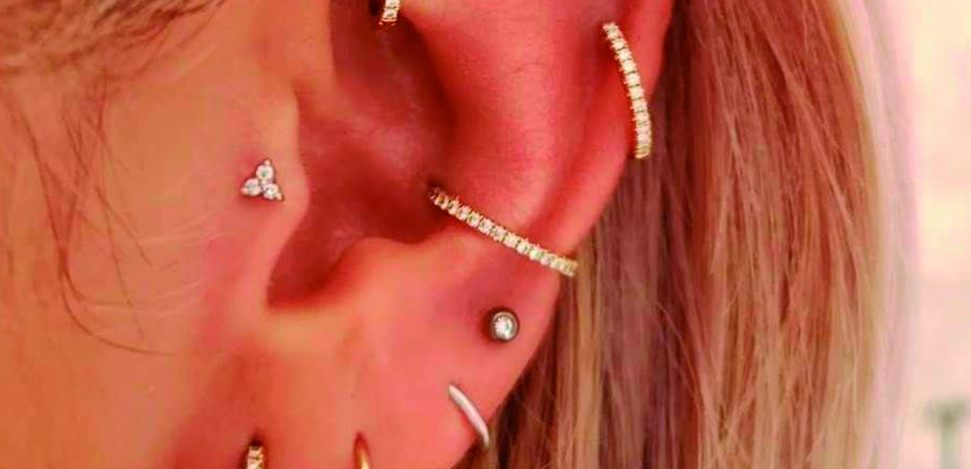Tragus Piercings: All You Need To Know

Thinking of getting a new piercing? If the answer is yes, we recommend that you do not miss this article. If you have read our previous posts in which we have talked about helix piercing, dermal piercing, or daith piercing, you know that in recent years, piercings have become one of many people’s favorite accessories. Among all of them, the tragus piercing stands out above all, a fashionable piercing thanks to its aesthetics.
If you still do not know what piercing to choose, in today’s article we will discuss everything you need to know about the Tragus piercing.
What is the tragus piercing?
The tragus has become one of the most fashionable ear piercings since it has turned into a new way of placing a piercing. Although it is not as popular as other piercings, the tragus is becoming a great piercing since it really looks very beautiful.
The tragus piercing is a piercing that is made in the part that is known as the tragus and which is located on the outside of the ear. As you can imagine, its name comes from the area where the piercing is performed.
How much does the tragus piercing hurt?
As we always say when faced with this question, pain is very subjective and very different for each person since each one has a tolerance for pain in particular. Even so, we can affirm that in the case of the tragus, it is not a type of piercing that causes a lot of pain, rather, we could say that it is more uncomfortable than painful.
The tragus is considered a piercing with a lower pain level since, in the area where the piercing is performed, there are not many nerve endings or blood vessels. This makes the piercing process very easy to do and very painless.
As we have said, even if it is a piercing that does not hurt too much, you will feel discomfort when you get a piercing in any area of the ear.
What types of tragus piercings are there?
As a result of the tragus becoming fashionable piercings, different types of tragus have developed over time. Next, we will discuss the variations to the traditional piercing:
Vertical tragus
The vertical tragus is undoubtedly one of the most common variations. It is done simply by piercing the tragus from the top to the bottom, that is, in a perpendicular direction to the normal tragus.
This variation is considered to hurt more than the conventional tragus shape, and your ear can cause jewel rejection.
Anti tragus
Another variation that this piercing presents is known as antitragus, this is an alternative that is performed in the area with more cartilage and that stands out above the earlobe. That is, it would be located opposite the traditional tragus piercing.
This variation is considered painful since the piercing is done on the cartilage. In addition, it is important to mention that healing is slow and the entire healing process must be completed perfectly. This is possibly the variation that takes the longest to heal since it can take up to a whole year.
What should you know about healing tragus?
Another thing that we always say when we talk about piercings or tattoos is that healing is essential to ensure that the piercing, or anything else done on your skin, heals properly. Therefore, below, we will comment on some of the most important aspects that you should take into account for piercing aftercare so that your tragus piercing heals as it should be.
In addition to our recommendations, you should always follow what the professionals indicate since, in the end, they are the true experts on the subject.
The tragus is undoubtedly one of the most difficult piercings to heal due to its very long healing time. Therefore, you must be very constant in each of the healings. In general, it is a type of piercing that usually takes at least 2 months to heal.
After that being said, you should also know that it is recommended that during those two months, you do not remove the medicinal slope that they put on you at the time they did it.
Finally, it is important to take into account that to guarantee good healing you should clean the wound daily with warm water and mild soap.
If your piercing becomes infected or you notice that the area of the piercing is swollen, red or anything else, do not hesitate to go to the studio where you were pierced to ask for recommendations.
Newsletters
Last Minute new From Roll & Feel Sign-up
Stay in touch with our latest
news
news





 smokingpaper
smokingpaper







